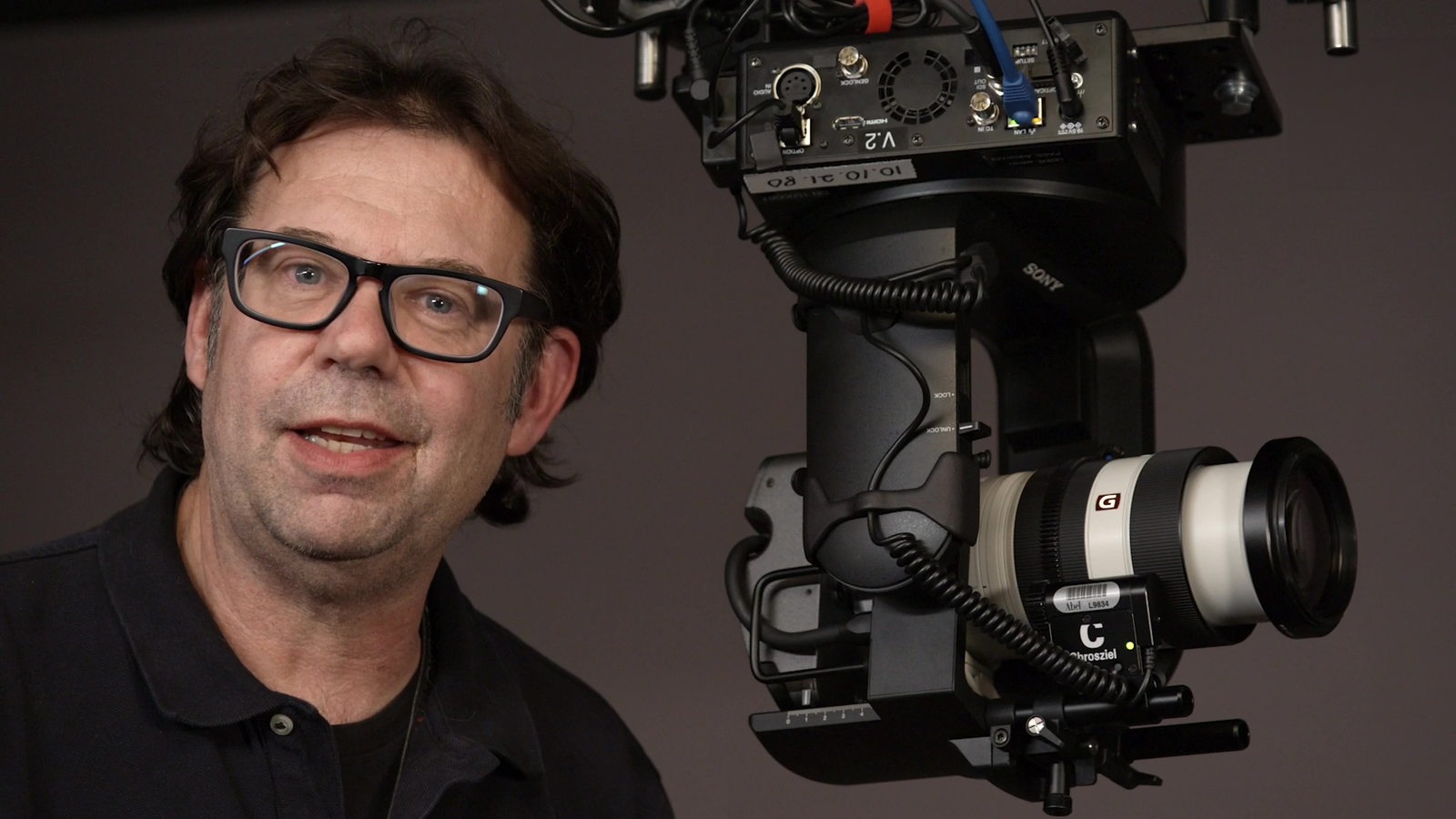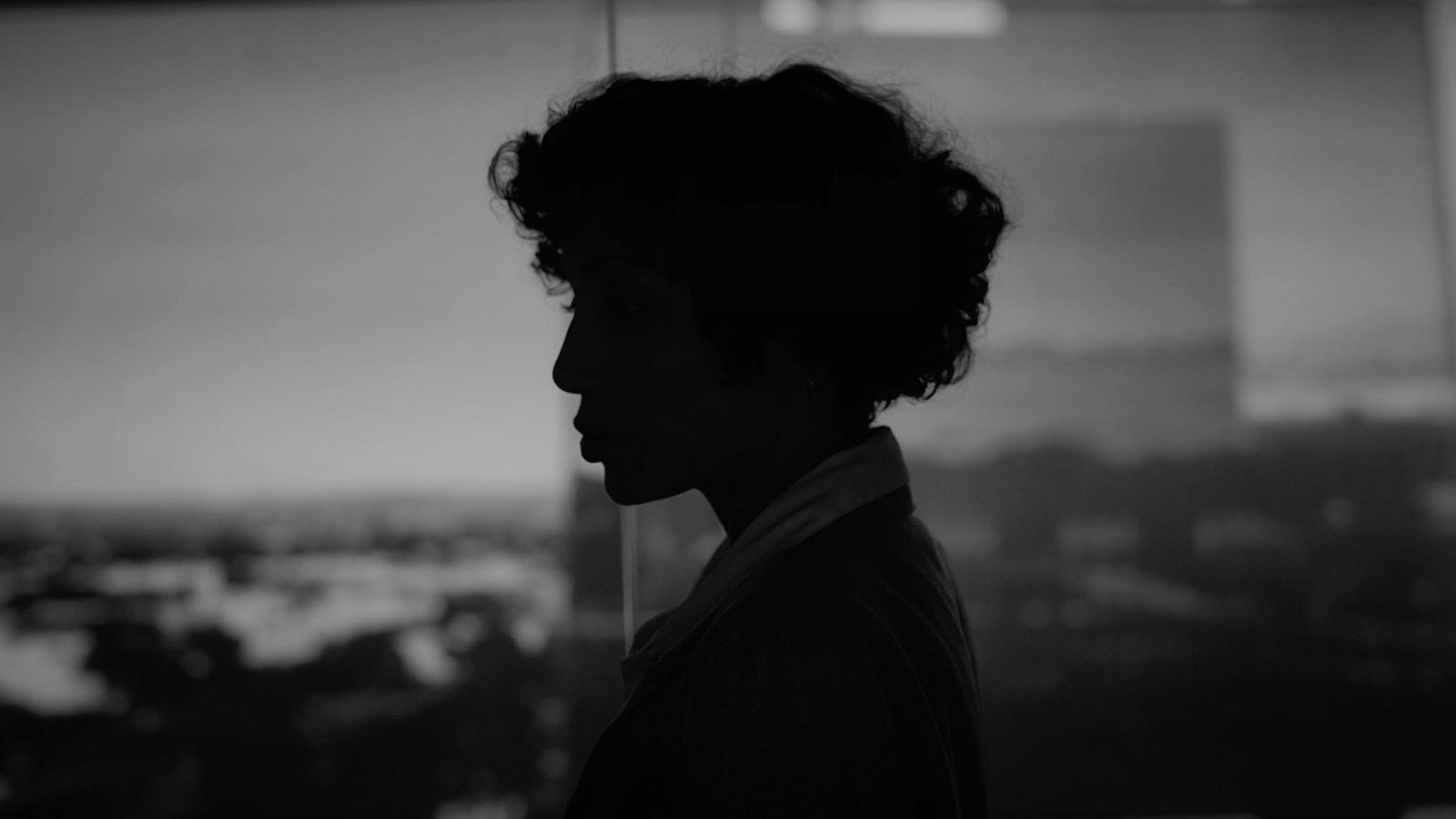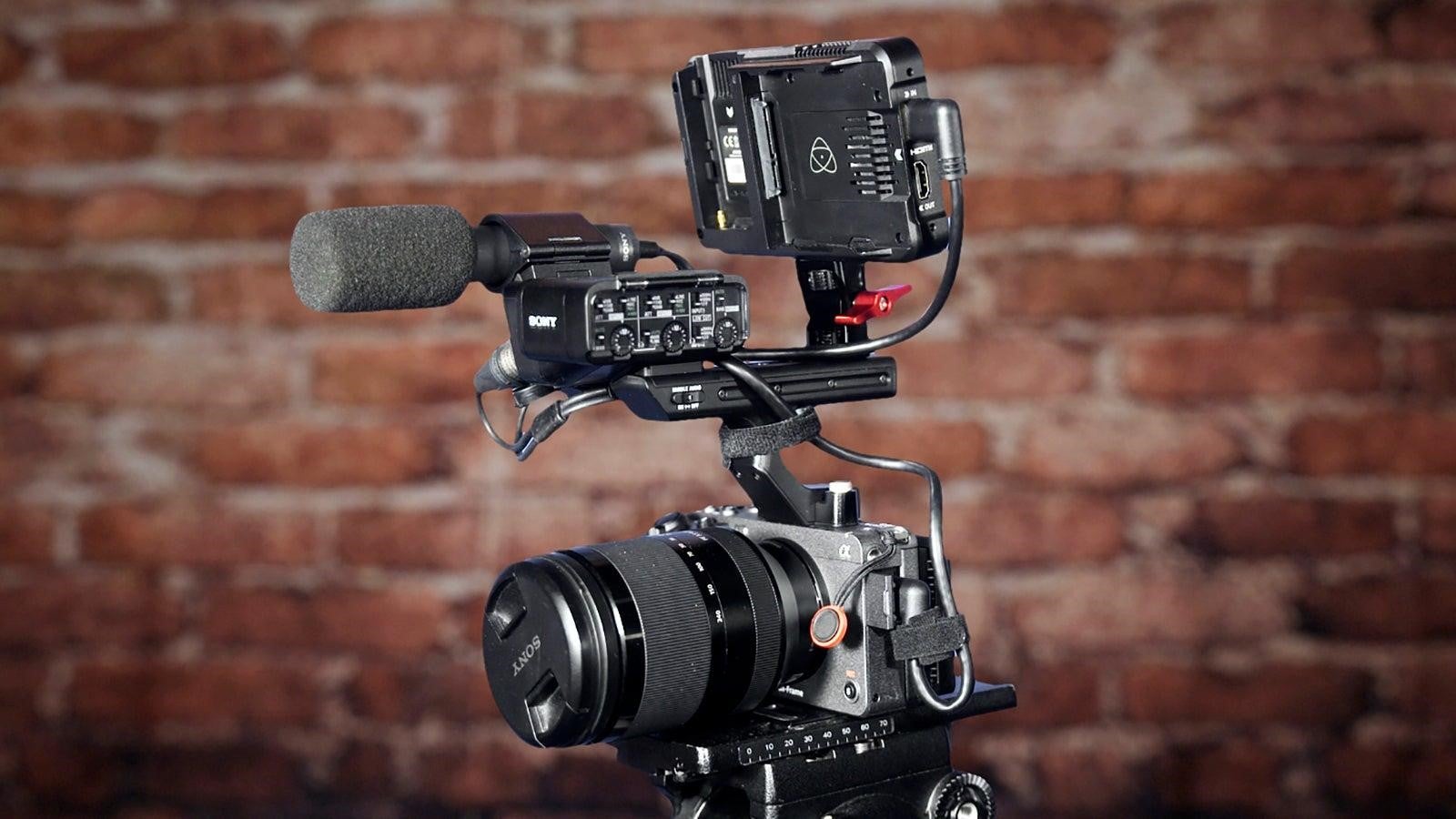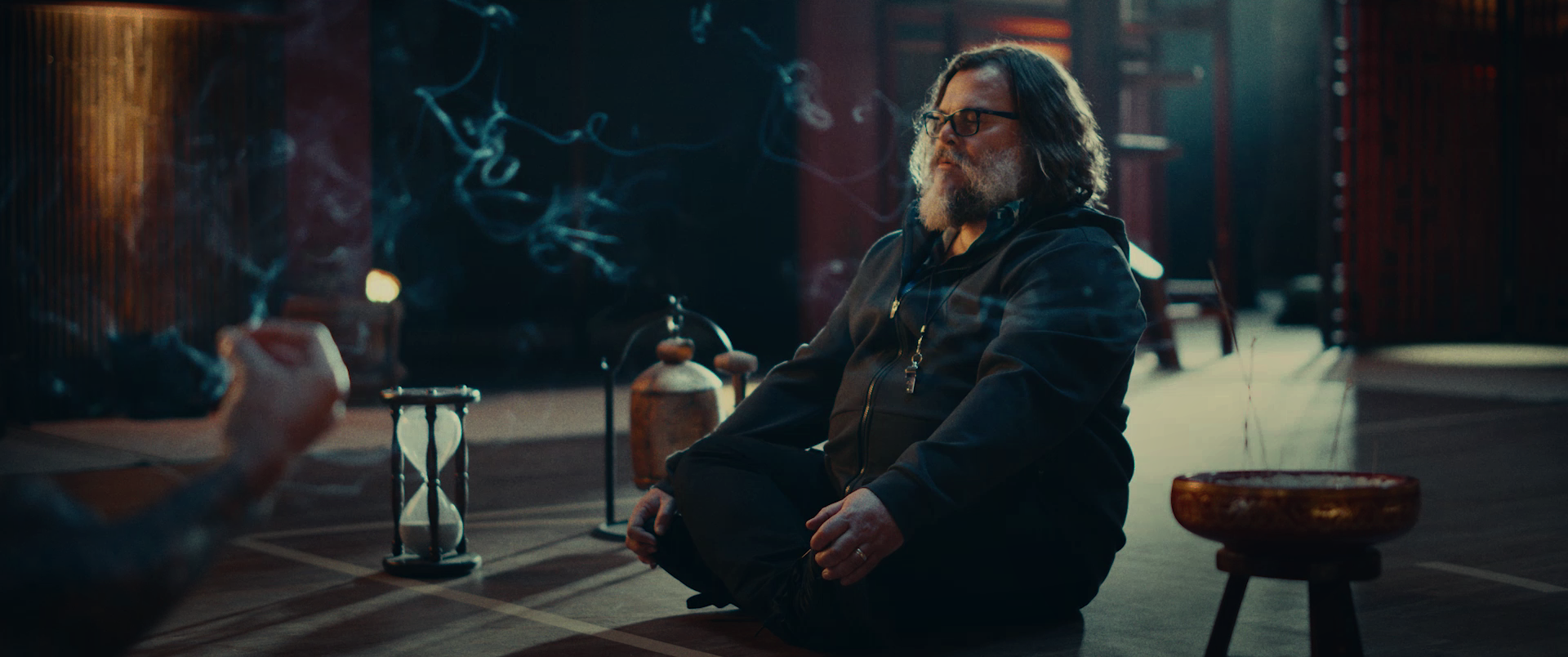
04-22-2024 - Case Study
Shot on VENICE 2: DP Oren Soffer Captures Jack Black in NBA ‘Kung Fu Panda 4’ Spot
By: Oakley Anderson-Moore
As if Jack Black couldn’t get more endearing.
But, add the Kung Fu Panda 4 actor, coaching LA Lakers players Anthony Davis and Austin Reaves, under the direction of Samy Mosher, and the cinematic eye of Oren Soffer in a basketball-themed dojo, and you have a charming spot.
Watch the broadcast cut here or on social media here.
How did Soffer create the look and feel of this spot? Soffer sat down with Sony Cine to give us an inside look on shooting with two VENICE 2 cameras, mobile light units, and his favorite moment lensing the magnanimous Jack Black.
Bringing a different approach to commercial work
Oren Soffer, who recently shot The Creator along with DP Greig Fraser ASC ACS, knows how to handle vastly different types of creative projects. For commercial work, he brings a specific mindset based on time.
“Commercial filmmaking is very different because it’s basically pre-edited – you know it's going to be 30 or 60 seconds long,” explains Soffer. “It’s often fully storyboarded before they even bring a cinematographer on board. It's way more precise, so it requires a bit of a different approach than narrative.”
In comparison, Soffer cites narrative features which, while scripted, is more about gathering potential material to be crafted into a story.
“Obviously on narrative features, there is a script. However, it’s a different process of exploration to find the cadence of the scenes with the actors on set,” says Soffer. For the “Coach Jack” spot, the timing had to be exact, so there’s less exploration of what is being told, than how it’s being told. “That's not to say that either one is good or bad. I find it equally fun and challenging in different ways.”
Since the storyboard was already in place when Soffer came on board Coach Jack, his process became all about execution.
“The process to me becomes twofold: one is mostly focused on lighting, which the storyboards don't represent. And then it’s translating the storyboards into a physical set. We have these boards, great, but we need to actually figure out what the specific camera positions and physical sets are that correlate to the storyboard.”

Why choosing to use the VENICE 2 on “Coach Jack” was easy
When picking a camera, Soffer needs his choice to check boxes based on the visual references, the director's conversation, and post-production needs.
“In this case, there were two major challenges that factored into my decision of choosing the Sony VENICE 2, and pairing with Signature Primes,” describes Soffer. “One was that we just had a very limited window of availability with our celebrity talent, which is often the case on these types of commercials. We had two NBA players, Anthony Davis and Austin Reaves, for three hours, and we had Jack Black for one hour out of those three. So not a lot of time!”
That led Soffer to want to shoot with two cameras, and he needed them both to deliver high quality, on a fast-paced set.
“There's a few little factors that I rely on in order to be able to keep up with that kind of production pace: internal NDs, storage space on the card so I don't have to swap, and the oversampling on the 8.6K sensor. That way, even if we're maybe a little bit non-precise with our framings because we're moving so quickly, we can rely on center punching to get a medium shot and a closeup from the same shot without having to swap lenses.”
In addition to framing options for Post, Soffer knew they would also be making edits that cut with the native aspect ratio of 2.35: 1 to match Kung Fu Panda 4, a broadcast 16 x 9 cut, and social media edits that would likely need to be 9 x 16. Shooting open gate and using the full sensor of the VENICE 2 was the obvious choice.
“Considering the crazy schedule and time constraints on this commercial, really what I was looking for is a reliable, tried-and-true camera that I'm super comfortable with, and that I know can deliver at the level I need it to. We were doing this color contrast look, and I'm very comfortable with the VENICE 2 color science. The VENICE 2 ticks all the boxes of familiarity, comfort, reliability, color rendition, ease of use, and ergonomics. So that was pretty much it. It wasn't a particularly difficult decision!”

How Soffer’s lighting unites basketball court and dojo in the fastest setup possible
Soffer needed to create the perfect lighting design. The twist? The lights needed to be mobile.
“The director, Samy Mosher, was really interested in this idea of the dojo. It’s a basketball court, but it's really a dojo,” describes Soffer about the initial conversations that would inform the look.
“Originally it was just going to be an empty basketball court, but both the director and I said, ‘That’s going to be so visually boring because when you're in a closeup, there's just a black void behind the characters. It would be better if there was some depth.’”
The day started with a completely empty stage that was built out over six hours look like a combination basketball court and kung fu dojo. In addition to using architectural lighting to provide depth to the space, Soffer set up a big soft box over the center of the set to provide some “toppy” ambient light that had a dramatic fall off. Anything else Soffer added had to be able to move in a matter of seconds.
“Knowing that we had to move so quickly where we can't completely relight every single shot, we needed to come up with a lighting strategy that would allow us to be really flexible. So, myself and my gaffer and key grip, Chris and Michael Galdamez along with their team from CAM Lighting & Grip, settled on this kind of “hard backlight and soft key light” look that were mobile units on wheels. Once we framed up a shot, we would wheel them into the position that they needed to be in to give a nice kind of soft side light and a hard backlight on the characters in any one of our setups. It allowed us to be really, really, quick.”
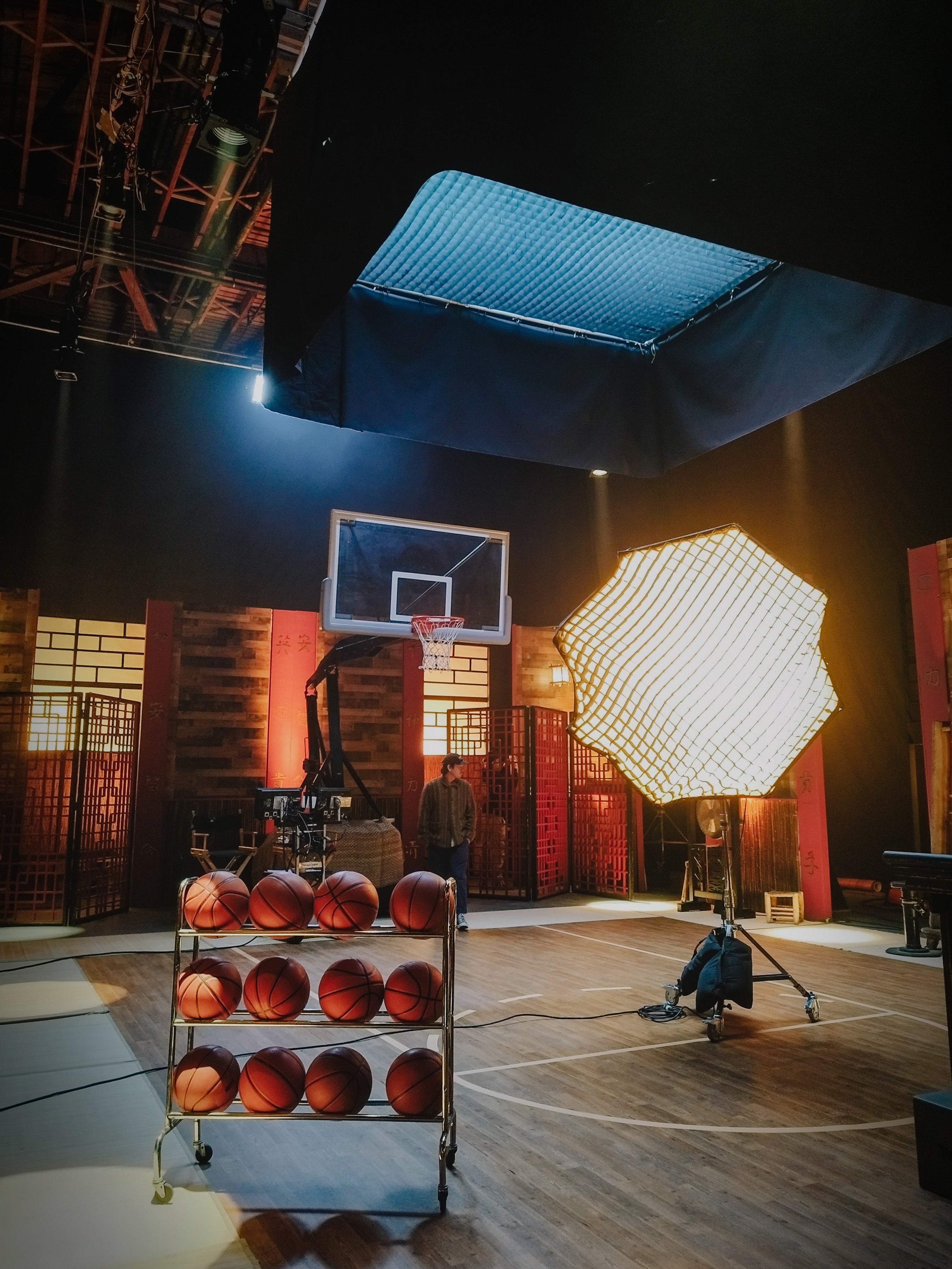
At the end of the day, a medium shot of Jack Black is what Soffer loves
Jack Black is beloved as the talented, improvisational comedic personality that he is. So how does that work inside an incredibly fast shoot for a tightly timed commercial? According to Soffer, it works best by letting Jack Black do his thing.
“The boards, the compositions, the lighting and all of that, that's really just the structure to support the environment of getting Jack Black on set, interacting with these guys and riffing off of his energy,” says Soffer.
“Overall, I'm really pleased with how the entire thing turned out. I think the set design and the lighting complement each other. I love how the wide shot looks. The practicals and the color contrast work out great. But ultimately, the most satisfying shot is when you just have a medium closeup of Jack Black. Static shot, no frills, and he just improvs for two minutes. Everybody's just cracking up behind the camera and behind the monitors. The complexity of the set, the designs, the multiple angles – and all that is important to build out the whole spot. But at the end of the day, all you really need is a medium closeup of a really funny, talented, and charming person in front of the camera doing their thing. I guess it's interesting how much that actually does overlap with narrative. With all the bells and whistles and scope and complexity of visual language, oftentimes the most satisfying thing to watch is a closeup of an actor delivering a performance you connect to.”

